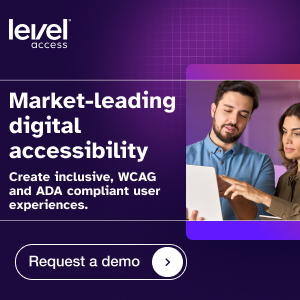2.4.6 Headings and Labels (Level AA)
Table of contents
There needs to be more than one way to find a web page within your website.
What you need to know
- This success criterion isn’t about requiring headings and labels, it’s merely saying that when you use them, write clearly and descriptively so a user knows what content follows or what form fields are asking for.
- For example, an effective label for a form that is asking for a first name is “First name”.
- The <h1> heading for an article might be “How To Make a Website Accessible” and an <h2> heading might be “Provide Content Alternatives”.
- A single word can be sufficient if it relays the necessary information.
- A key take away here is that the words should be clear and descriptive so a user knows what content to expect or what input a form field is asking for.
What you need to do
- Use concise, clear language for headings within a page, for example <h1>,<h2> and form labels.
- Make sure that headings accurately identify the content of their section.
Related Resource
Headings and Titles from CSUN’s Universal Design Center.
Related Posts
1.1.1 Non-text Content (Level A)
Make sure images and other non-text elements on your website are accessible by including meaningful text alternatives (alt text).
1.2.2 Captions – Prerecorded (Level A)
For all prerecorded video files there must be synchronized and accurate closed captions (CC).
1.2.3 Audio Description or Media Alternative – Prerecorded (Level A)
For all prerecorded video files there must be either an audio description or a full text description.
